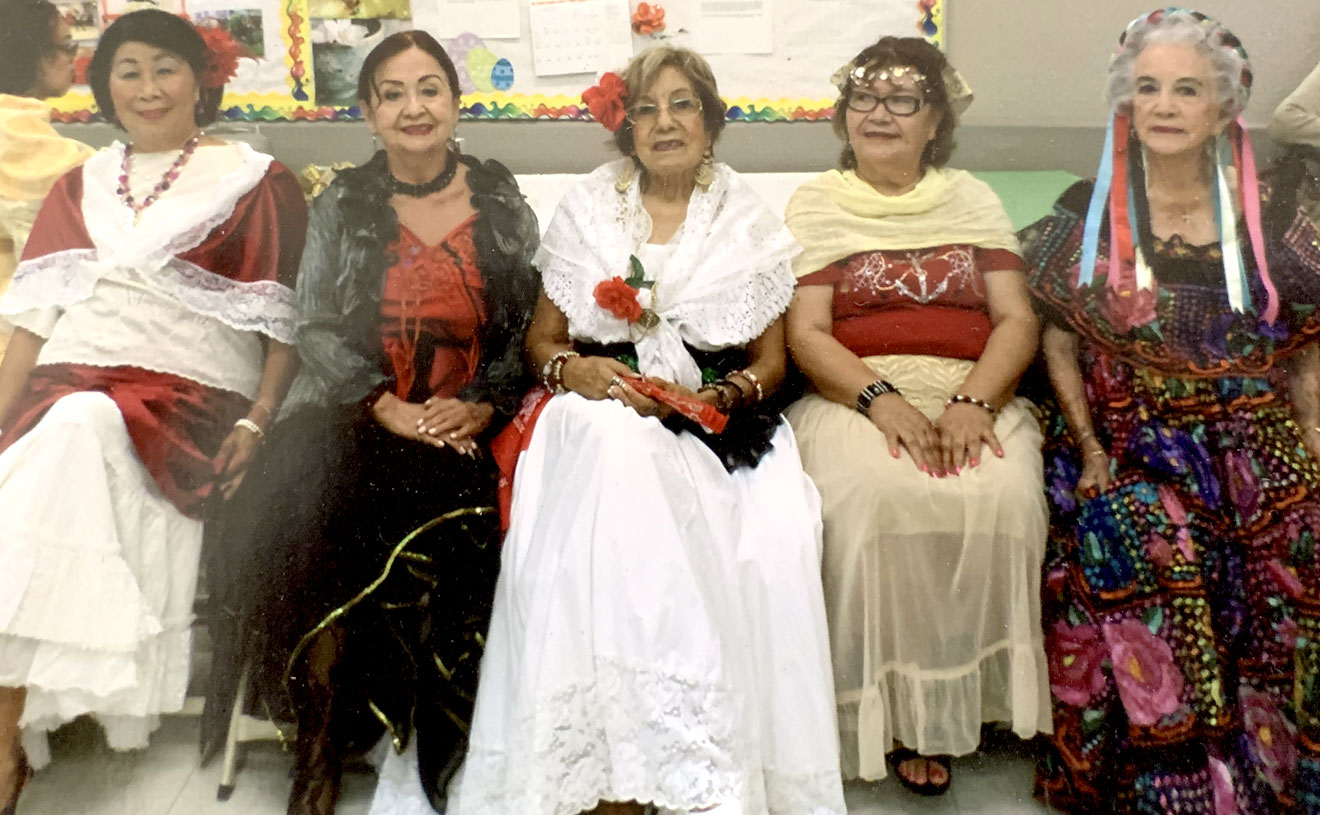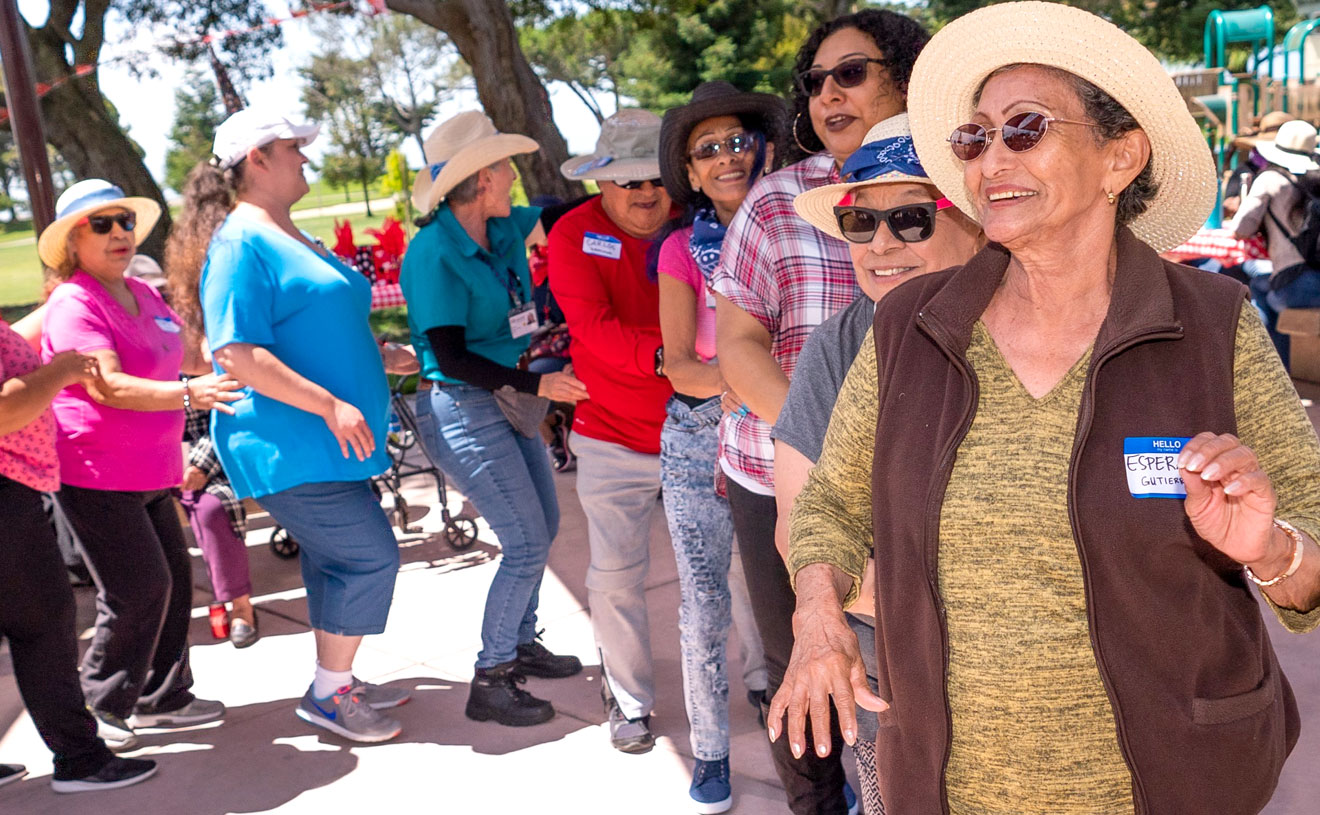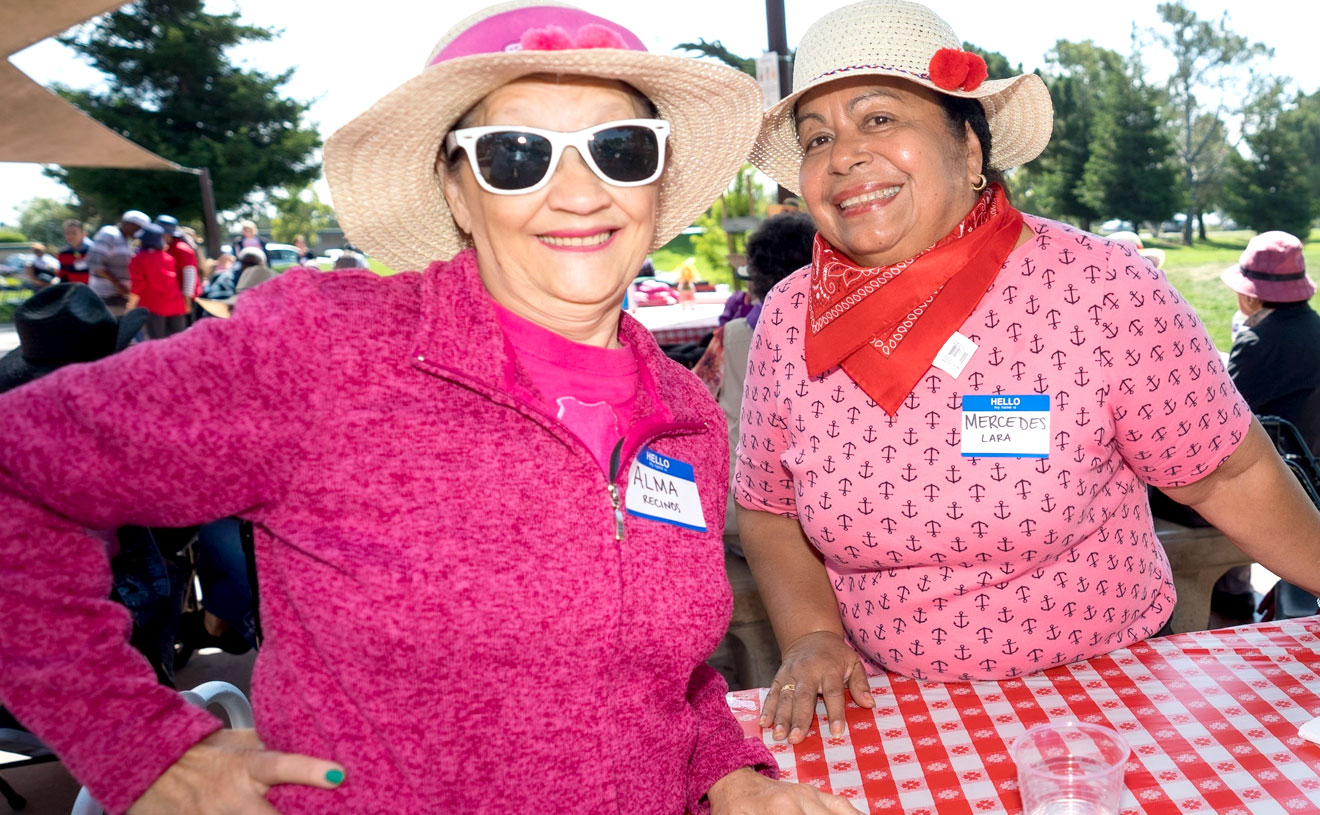
Most people can’t imagine what it’s like to be 100 years old. Most of the 80,000 centenarians (people of 100 years of age or more) living in the U.S. today probably couldn’t imagine it either. One hundred years ago, the average life expectancy was 53.5 years for men and 56 years for women.
To celebrate such special people and address the stereotypes around aging, SCAN Health, a not-for-profit senior-focused organization, recently started a photo campaign called ‘Stages: 100 Over 100’. Every week, SCAN posts a portrait of one of its members who has reached their 100th birthday or beyond, along with a biographical essay to honor their life so far. The photographs have been captured by photographer Robert Duron during each of their 100th+ birthday parties hosted by Independence at Home, a SCAN community service.
One of the featured Hispanic centenarians is Alta Regalado, who recently celebrated her 100th birthday. Alta “Grace” Regalado is originally from Jerome, Arizona. Spanish was Alta’s first language, but she was not allowed to speak Spanish in school when she was a child. Alta and her husband Phillip married in 1934 and enjoyed 54 years of marriage before his passing. She turned to dancing after his death, taking three buses to get to dance class at the age of 69. She has been a Folkloric dancer for almost 32 years and her daughter, Geraldine Munoz, is part of the same dance group.

“There’s always something to do if you want to do it,” says Regalado. “I can walk, I can dance. I’m always ready to go – any invitation at any moment.”
“My mom is very positive and really active - she is always ready to go,” says Munoz. At eighty years old, Munoz is her mom’s partner in a fun and active lifestyle that keeps them both healthy and enjoying life.
“She always asks me, ‘what are we doing today?’, so I always take her out,” says Munoz. “We dance together, do Tai Chi, have parties twice per month, and enjoy many things together. We eat well, we laugh a lot, and we keep moving.”
The mother and daughter team represent the opposite of the negative perceptions about aging. The common vision of life beyond eighty often includes a loss of independence, physical disability, and dementia or other illness.
“We want to show that such a vision isn’t necessarily the case,” says Lisbeth Briones-Roberts, SCAN’s manager of marketing outreach. “We’re focused on the beauty of aging and battling the negative stereotypes of aging. We encourage people to see older adults as we do -- that they can be independent and have a quality of life and meaningful contribution to the community.”
Munoz is very clear about the simple but important choices people make to live a long life and enjoy every day of it. “A lot of people bring it on themselves,” she says. “People need to move around more and eat better.”
She points out that it was her mom who took the action to find seniors’ groups and activities and get active in the community.

“For people afraid of getting older, find a group of seniors,” adds Munoz. “My mom is always making new friends.”
Deb Schwark is a center director at the Center for Elders' Independence (CEI) in San Leandro, an adult day care center that provides activities, entertainment, meals, and health care services for seniors who live in their own home.
“As people get older and lose their support system they feel very alone, but they can establish a new community and get back their desire for life,” says Schwark.
CEI has several participants who are one hundred years old or approaching the century mark.
“We have several participants who were feeling depressed and isolated or without family support,” she says. “They didn’t have a very good outlook on life in general. One woman came in a wheelchair and was afraid to go outside. Now she walks, visits the center five times per week and is very grateful for life and to make new friends.”
A combination of social interaction and physical activity is what makes the critical difference for the most senior of seniors.
“A gentleman was also feeling isolated and was in a wheelchair following a stroke,” she adds. “With physical rehab several times per week, he now walks with a cane and goes out into the community with his family.”
At any age, a person’s happiness and social connection are key to their physical well-being.
“I think I have lived a happy life,” says Regalado, who greatly enjoys her exercise classes, dance classes, and dance performances. She also enjoys three meals per day, plus snacks, and she dresses up whenever she goes out.
With admiration, and some amazement, Regalado’s daughter Geraldine says that her mom is, “Always hungry and always dancing. And she still wears her dancing boots.”

